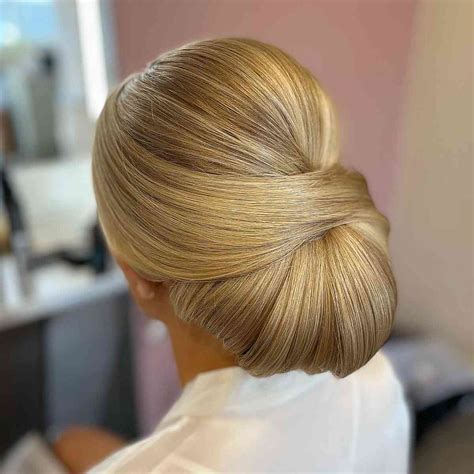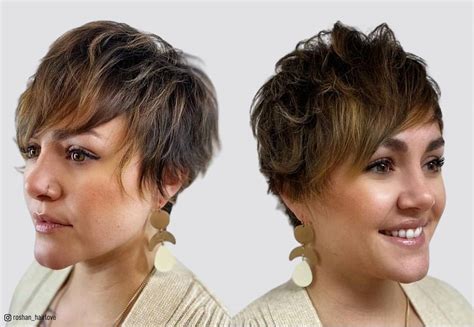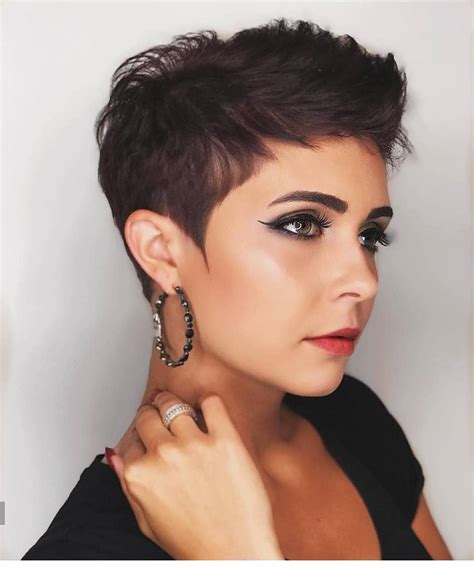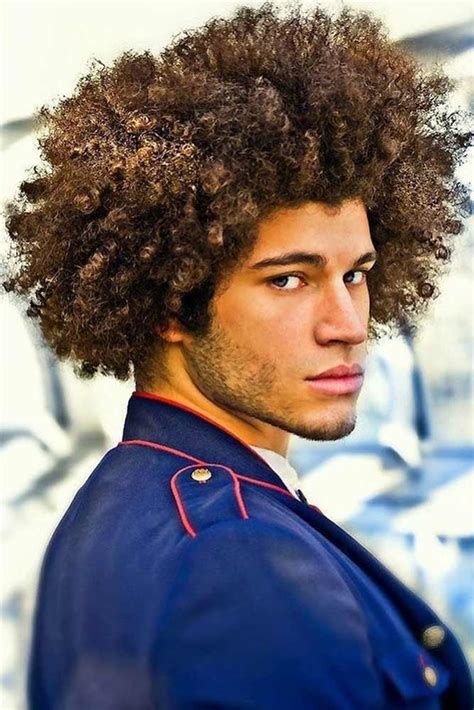Discover the latest braided styles, twist out techniques, and protective hairstyles. Learn how to master bantu knots and style a high ponytail.
Braided Styles
Contents
When it comes to diverse hairstyles for long natural hair, braided styles are a popular and versatile option. Braids are a great protective style that can help to minimize manipulation and breakage of the hair, making them an ideal choice for those looking to promote healthy hair growth. There are various types of braided styles that can be achieved with long natural hair, each offering a unique and stylish look.
One popular type of braided style is the box braid, which consists of small, square-shaped braids that are typically achieved using synthetic hair extensions. This style is not only visually appealing but also low-maintenance, making it perfect for those with a busy lifestyle. Another option is the French braid, a classic style that involves braiding the hair close to the scalp, creating a sleek and elegant look. Additionally, cornrows are another popular braided style that involves braiding the hair in tight, narrow rows close to the scalp, offering a neat and stylish appearance.
For those looking for a more intricate and eye-catching braided style, tribal braids are a great option. This style often involves the use of unique patterns and designs, creating a bold and artistic look. Furthermore, Senegalese twists are another type of braided style that offers a chic and sophisticated appearance. These twists are achieved using extensions, providing a voluminous and trendy look for those with long natural hair.
Overall, braided styles are a fantastic choice for those with long natural hair, offering a range of options to suit different preferences and occasions. Whether it’s the classic elegance of French braids or the bold creativity of tribal braids, there’s a braided style to suit everyone’s unique taste and style.
Twist Out Techniques
One of the most popular methods for styling long natural hair is the twist out technique. This technique involves twisting sections of hair when wet, allowing them to dry, and then unraveling the twists to reveal defined curls. It’s a great way to add texture and volume to the hair, and it works well for a variety of hair types.
When using the twist out technique, it’s important to start with clean, moisturized hair. This will help to ensure that the twists are smooth and defined. Begin by parting the hair into sections and applying a leave-in conditioner or styling cream to each section. Then, twist each section of hair, starting at the root and working down to the end. You can twist the hair in small or large sections, depending on the desired end result.
Once all of the hair is twisted, allow it to air dry or use a diffuser to speed up the process. It’s important to let the hair dry completely before unraveling the twists to prevent frizz and maintain the definition of the curls. Once the hair is dry, gently unravel each twist to reveal bouncy, defined curls.
For added volume and definition, you can separate the curls with your fingers or a pick. You can also use a lightweight oil or serum to add shine and reduce frizz. The twist out technique is a versatile styling method that can be used to achieve a range of looks, from tight, spiral curls to loose, beachy waves.
Protective Hairstyles
Protective hairstyles are essential for promoting healthy, long natural hair. These styles are designed to minimize manipulation and protect the hair from environmental factors that can cause damage. One popular protective hairstyle is the box braids. These braids not only look stylish, but they also provide a protective barrier for the natural hair, preventing it from being exposed to harsh weather conditions and excessive manipulation. Another popular option is the twist out, which involves twisting the hair and allowing it to set, resulting in defined curls without the need for heat styling.
For those seeking a more low-maintenance option, Bantu knots are a great choice. This style involves sectioning the hair into knots, which not only protect the ends of the hair but also create beautiful curls when unraveled. Additionally, a high ponytail can also be considered a protective hairstyle when done correctly, as it keeps the ends of the hair tucked away and minimizes friction and breakage.
When it comes to protective hairstyles, it’s important to choose options that not only protect the hair but also promote its health and strength. It’s also crucial to properly prepare the hair before styling and to regularly moisturize and nourish the scalp and strands. By incorporating protective hairstyles into your hair care routine, you can maintain the health and length of your natural hair while also enjoying a variety of stylish looks.
Bantu Knots Tutorial
Are you tired of the same old hairstyles and looking to try something new? Bantu knots are a fun and stylish way to switch up your look. Not only are they a great protective style for natural hair, but they can also create beautiful curls once unravelled.
First, start with clean, detangled hair. Apply a leave-in conditioner or hair oil to moisturize your strands and make them easier to work with. Then, part your hair into small sections. The size of the sections will determine the size of your knots, so keep this in mind when choosing how big or small you want them to be.
Next, take one of the sections and twist it tightly from the root to the end. Once the section is twisted, wrap it around itself to form a small knot. Use a hair elastic or bobby pins to secure the knot in place. Repeat this process for each section of hair until all of your hair is in knots.
Once your knots are in place, you can either let them air dry or use a hooded dryer to speed up the process. Once your hair is completely dry, gently unravel the knots. You will be left with beautiful, bouncy curls that are perfect for any occasion. For added volume, you can separate the curls with your fingers or use a wide-tooth comb to create more definition.
Bantu knots are a versatile style that can be worn for a few days or even up to a week, depending on your hair texture and how you maintain them. Whether you’re looking for a fun and playful look or a more sophisticated style, Bantu knots are a great option for anyone with long, natural hair.
Different Ways to Style a High Ponytail
Styling a high ponytail can be a versatile and chic way to elevate your look. Whether you’re going for a sleek and polished style or a more casual and effortless look, there are many different ways to achieve the perfect high ponytail. One popular technique is to add braids to the ponytail for a touch of texture and detail. This can be done by creating small braids on the sides of your head and then gathering them into the ponytail, or by incorporating a single braid that wraps around the base of the ponytail.
Another stylish option for a high ponytail is to use twist out techniques to add volume and definition to the hair. This can be achieved by twisting small sections of hair while it’s damp and then allowing it to dry before gathering it into a high ponytail. The results are soft, bouncy curls that add a fun and playful element to the classic ponytail style.
For those looking for protective hairstyles, a high ponytail can be a great choice. By gently pulling the hair into a high ponytail and using a silk scarf or hair tie to secure it, you can protect your natural hair from breakage and damage. This style is not only practical but also looks incredibly stylish and put-together.
If you’re interested in incorporating a Bantu knots tutorial into your high ponytail style, consider creating small knots throughout the hair and then gathering the remaining strands into a high ponytail. This creates a unique and eye-catching look that is sure to turn heads.
| Pros | Cons |
|---|---|
| Easy to achieve | Can cause tension on the scalp |
| Versatile and chic | May require some practice for beginners |
Whether you’re looking for a simple and classic high ponytail or want to experiment with different textures and techniques, there are endless possibilities for styling your long natural hair in a high ponytail. With a little creativity and practice, you can find a high ponytail style that complements your unique look and personality.
Frequently Asked Questions
What are some low-maintenance hairstyles for long natural hair?
Some low-maintenance hairstyles for long natural hair include braids, twists, and buns. These styles can help protect the hair and minimize manipulation.
How can I style long natural hair for a special occasion?
For a special occasion, you can style your long natural hair in a sleek bun, elegant updo, or voluminous curls. Adding accessories like hairpins or headbands can also elevate the look.
What are some heatless styling options for long natural hair?
Heatless styling options for long natural hair include bantu knots, flexi rod sets, and twist outs. These styles allow you to achieve curls and waves without using heat.
How can I protect my long natural hair while sleeping?
To protect long natural hair while sleeping, you can wrap it in a satin or silk scarf or sleep on a satin pillowcase. This helps prevent friction and breakage while you sleep.
Are there any easy hairstyles for long natural hair that I can do myself?
Yes, some easy hairstyles for long natural hair that you can do yourself include simple braids, twist outs, and messy buns. These styles are quick and easy to achieve.
What styling products are best for long natural hair?
Styling products that are best for long natural hair include leave-in conditioners, curl creams, and natural oils. These products help moisturize and define the hair without weighing it down.
How often should I trim my long natural hair?
It’s recommended to trim long natural hair every 8-12 weeks to maintain healthy ends and prevent split ends. Regular trims can help the hair grow longer and stronger.












